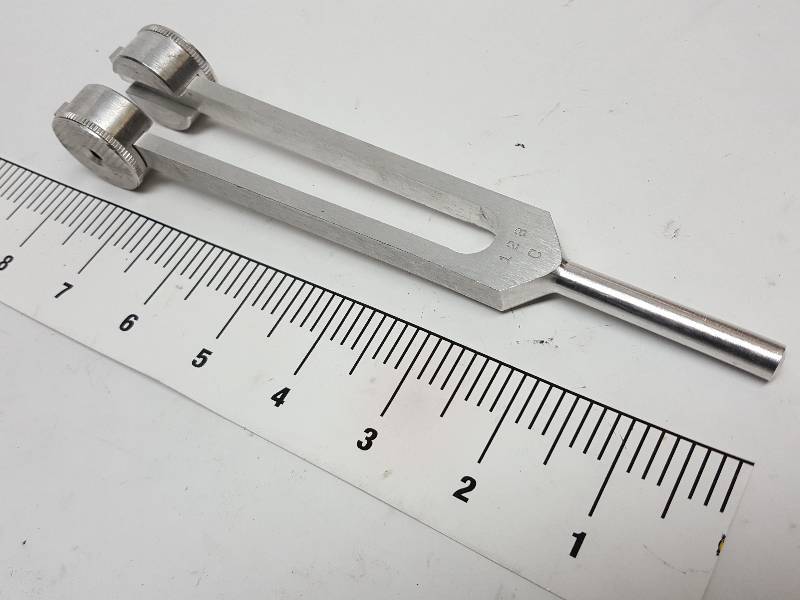
Close, but no cigar.Īstronomers at Stanford have recorded super sonic oscillations from the sun at around 5.964 GHz. which if multiplied by 55 gives us an A=430.65 Hz. One of them currently resonates at an average of 7.83Hz and not 8 Hz. The Schumann resonance is a set of electromagnetic oscillations that originate from earth. It does not have a steady frequency that can be multiplied to achieve 432 Hz.īrainwaves or Neural Oscillations range between approximately 1 Hz and 70 Hz and are not tuned to 8 Hz or other divisions of 432 Hz in any way. The fact is that before standardization, the pitch of A fluctuated heavily between 400 Hz and 460 Hz.įiction: 432 Hz is the frequency of the heart / brain / earth / sun / waterįact: The frequency of the heart fluctuates between approximately 1 Hz to 2.5Hz. Here is a graph representing his most important findings-as you can see the only mention of 432 Hz was proposed in Italy in 1880 (by Verdi), and we already know that this was done for practical reasons rather than spiritual ones. Verdi is the only known composer to even hint towards 432 Hz, and it was obviously for completely different reasons than cosmic spirituality.įiction: 432 Hz is the way everybody used to tune in the past, but we have now forgotten the ancient wisdom of our ancestors.įact: Musicologist Alexander John Ellis has searched, measured and documented ancient pipe organs and tuning forks. Verdi has requested his Requiem to be tuned to 435 Hz (according to the 1859 French “diapason normal” standard) and in a later letter he has expressed a slight preference for 432 Hz. As an opera composer he was aware of the pitch inflation (pitch standards rapidly rising to achieve a brighter orchestral sound) that was happening in his time, and was concerned it was putting a strain on singers voices as they struggle to hit the high notes on a score. This makes the temperament uneven and sound “off” when playing music with complex harmonies, and this is exactly the reason it was abandoned.įiction: Verdi has used 432 Hz for all his music.įact: Verdi used several tunings across his life. In other words, the Pythagorean scale has to be 'tuned-down' a little each octave in order to maintain its consistency. However, cycling fifths will never get you to complete a circle-unless one of the fifths is diminished. Pythagoras’s tuning system was based on cycling perfect fifths. Indeed 432 is a multiplication of the ratio between C and A, where C is 1 and A is 27/16 which is the same as 432/256-however this applies to any base frequency and has nothing to do with a specific Hz. We already know Pythagoras could not have known what a second is, so he could not know what Hz meant. It is not based on an absolute pitch, but rather on the relations from an arbitrary reference pitch.

Pythagoras was born 1500 years before the idea of a second was conceived.įact: Pythagoras’ tuning system is ratio based. The first time “Cycles Per Second” could be accurately measured was in 1834, when two instruments were invented: the (remodeled) Savart Wheel by Félix Savart, and the Tonometer by Johann Scheibler.įurther than that-the measurement of Seconds has only begun during the late 16th century.Īncient Tibetans, Pythagoras and anyone before 1834 could not have intentionally tuned their instrument to measure 432 Hz as this frequency scale simply did not exist at the time. As for evidence, I could not find a single solid evidence for ancient flutes or bowls tuned to 432 Hz. Before that it was referred as “Cycles Per Second”.

But how much of what are being presented with is fact, and how much of it is fiction? Let’s find out! Fact #1įiction: Ancient instruments such as Tibetan bowls, Pythagoras monochord, ancient flutes, have been found to use 432 Hz as their base pitch.įact: Hertz is a modern term coined in 1930. There are many articles presenting so-called “scientific evidence” in favor of 432 Hz.

Just by tuning our music less than a semitone below our standard A=440Hz we are promised direct access to the universe's hidden treasures. It is said to be the natural frequency of the universe, to have cosmic healing powers and to attract masses of audience to our music. The magic number everybody is talking about.

If you're interested to read the 432 Hz article by Lynda Arnold which sparked a huge debate visit this page: Music Theory: Exploring The 432 Hz Tuning Debate.Ĥ32 Hz. This article represents the views and research of the author.


 0 kommentar(er)
0 kommentar(er)
